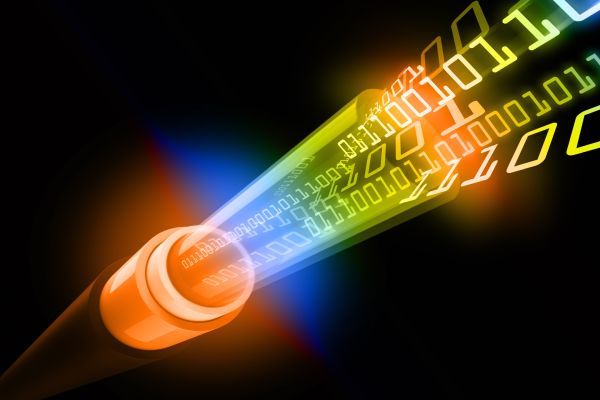Subject in detail familiarize the student with the basic blocks of radio communication chain. Emphasis is particularly placed on transmitter and receiver design elements, trunk networks, single-frequency network and communication via spread-spectrum. A part of the course deals with the noise, interference, interference target resources in space and radio systems for positioning.
The course aims to familiarize the student with the basic detail blocks radio communication chain. The emphasis is mainly placed on the transmitter and receiver design features radio systems , trunked networks , single-frequency network and communication via spread- spectrum frequency . Another part of the subject it deals with the noise , interference , measurement of interference sources in space and systems for radio positioning. It is recommended to pass the course Radiocommunications 1.
lectures:
First Introduction to radio communication technology ( mathematical apparatus , variable) .
Second The specific characteristics of individual frequency bands ( wave propagation in EHF / SHF bands ) .
3rd Meassurement instruments in radiotechnics (oscilloscope, spectrum analyser, VNA).
4th Noise, electromagnetic interference and filters (analysis, mathematical description).
5th Functional blocks of modern receivers and transmitters I.(RF inlet portion , sw receiver cognitive radio).
6th Functional blocks of modern receivers and transmitters II. (power output stages , mixer) .
7th Design elements of radio systems - RF relay, attenuator , preamplifier , rotators and elevators .
8th Radio communications equipment in heavy industry (trunk networks) .
9th Radio direction finding.
10th Software design of radio system .
exercise:
Seminar:
First Computer exercises - the mathematical apparatus in a radio communication technology.
Second Calculation of the attenuator , a power strip.
3rd Calculation of the combiner and channel bandpass filter.
4th test
5th Familiarization with laboratory measurements 1 to 5
Laboratory:
6th Laboratory measurements 1st: Analysis of the frequency spectrum of an unknown device .
7th Laboratory measurement 2 : Design and verification of impedance matching transmitter.
8th Laboratory measurement 3 : Measurement of RF attenuation elements.
9th Laboratory measurements 4th : Measuring the impact of impedance matching to the antenna characteristics .
10th Laboratory measurements 5th : Direction finding of the radio interference source.
The course aims to familiarize the student with the basic detail blocks radio communication chain. The emphasis is mainly placed on the transmitter and receiver design features radio systems , trunked networks , single-frequency network and communication via spread- spectrum frequency . Another part of the subject it deals with the noise , interference , measurement of interference sources in space and systems for radio positioning. It is recommended to pass the course Radiocommunications 1.
lectures:
First Introduction to radio communication technology ( mathematical apparatus , variable) .
Second The specific characteristics of individual frequency bands ( wave propagation in EHF / SHF bands ) .
3rd Meassurement instruments in radiotechnics (oscilloscope, spectrum analyser, VNA).
4th Noise, electromagnetic interference and filters (analysis, mathematical description).
5th Functional blocks of modern receivers and transmitters I.(RF inlet portion , sw receiver cognitive radio).
6th Functional blocks of modern receivers and transmitters II. (power output stages , mixer) .
7th Design elements of radio systems - RF relay, attenuator , preamplifier , rotators and elevators .
8th Radio communications equipment in heavy industry (trunk networks) .
9th Radio direction finding.
10th Software design of radio system .
exercise:
Seminar:
First Computer exercises - the mathematical apparatus in a radio communication technology.
Second Calculation of the attenuator , a power strip.
3rd Calculation of the combiner and channel bandpass filter.
4th test
5th Familiarization with laboratory measurements 1 to 5
Laboratory:
6th Laboratory measurements 1st: Analysis of the frequency spectrum of an unknown device .
7th Laboratory measurement 2 : Design and verification of impedance matching transmitter.
8th Laboratory measurement 3 : Measurement of RF attenuation elements.
9th Laboratory measurements 4th : Measuring the impact of impedance matching to the antenna characteristics .
10th Laboratory measurements 5th : Direction finding of the radio interference source.
